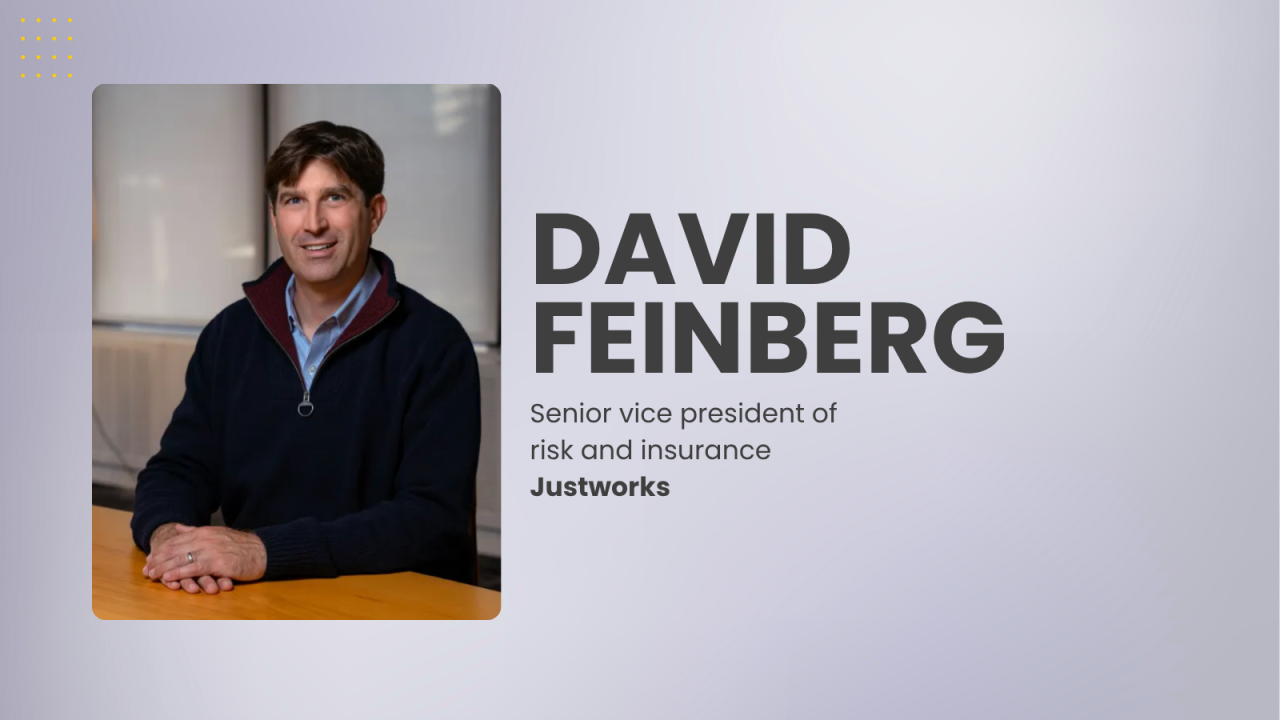Employees are still struggling with
"The good news is that there's a lot that employers can do to help support mental health that doesn't require a hefty budget, whether that's peer support programs or ERGs or training people about mental health and promoting mental health literacy," says Joe Grasso, VP of workforce transformation at mental health and wellness platform Lyra Health. "They're not always very expensive, but they require time."
Read more:
Benefit leaders need to embrace an all-hands-on-deck approach to mental health support: Lyra's State of the Workforce mental health survey found that 41% of employees cited stress as their top mental health challenge. In the workplace, that materializes as emotional exhaustion, difficulty concentrating, diminished morale and a lack of clarity about priorities, Grasso shared. Not only is that affecting an individual's ability to perform, it has long-tail impacts on the business, too.
"The underlying theme to a lot of those stressors is this element of uncertainty. Employees don't know whether their job is secure. It's harder for them to stay agile, it's harder for them to sustain focus," he says. "If you have someone who's having a hard time staying focused and a hard time adapting to this constant onslaught of change and feeling of uncertainty, it's going to affect their performance and how they show up at work, too."
In a recent
How aware are business leaders around the struggles that employees are still experiencing today?
We are in a period of compounding and prolonged stress. Employees are navigating political polarization, war, global conflict, economic instability, and also a wave of organizational disruption. Where we see some of the disconnect is on the responsibility of leaders
When leaders are seeing these stressors, simply acknowledging and validating that they're there, that it makes sense that people are affected by what's happening at the world at large, what's happening in the organization, that there is very real uncertainty, that's kind of a baseline requirement before employees can engage in any kind of initiative to help them be agile or adaptive. They need to feel seen, heard and understood first. That's where leaders hold a lot more of the cards than they might realize or at least acknowledge.
Leaders themselves are also under pressure. What are some of the challenges they're facing when it comes to addressing mental health through their benefit decisions?
We are certainly seeing that there is more pressure on decisions about benefits because of budget constraints. We're seeing that there's
Read more:
I think the good news is that there's a lot that employers can do to help support mental health that doesn't require a hefty budget, but they require cross-functional effort. A benefits leader can't unilaterally do a lot of these things, even though they tend to own a lot of the mental health strategy. So what we've been working with employers on a lot more recently is, how do you create these cross-functional relationships with your colleagues who have responsibility to workforce mental health, whether or not they realize it. The more that those functions can come together and create a more cohesive and coordinated mental health strategy, the less that it has to fully rest on the benefits leaders' shoulders, and the less that it's as vulnerable to the changing budget constraints year–to-year that benefits leaders have to deal with.
What are some of the elements of an ideal mental health strategy for today's workforce?
There's a new savviness about mental health. Mental health conversations are part of everyday language. So that means there's a demand for care that's more hyper-personalized. It's knowing that there's going to be providers that are tailored to my needs, that the care is
Oftentimes, employers have had different point solutions for different pieces of this. Employees are wanting a more varied solution set, and then employers on their end are wanting to consolidate their point solutions. They don't want to manage six to eight vendors. And so I think there's this demand from both sides to have a solution that's really comprehensive, but also all through the same vendor. It's holistic for the employee, and it's easier to manage and centralized for the employer and the benefits leader.






